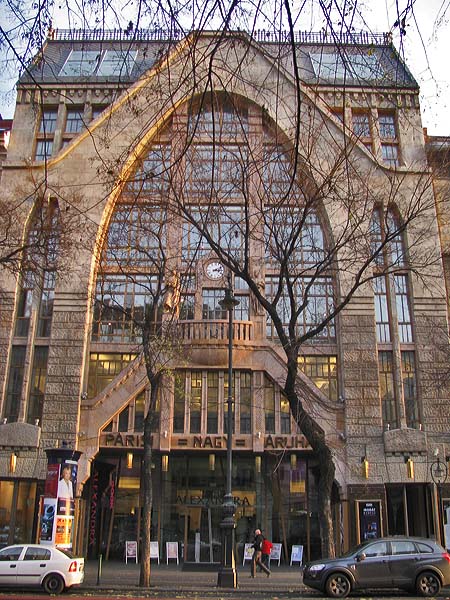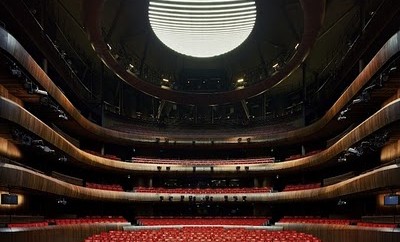

They were marked by careful but unexceptional study until the end. Garnier’s years at the École des Beaux-Arts followed a pattern similar to those at the École de Dessin. In the yearly Prix-de-Rome competition, which took place from early March until the end of July, a select few earned a five year trip to the Villa Medici in Rome. Continued enrollment and advancement depended on winning points in the various monthly competitions. Attendance at the many lectures was voluntary, and they gave no examinations. He later claimed that fellow student Louis-Jules André was a “mentor and almost a professor” to him. Lebas proved to be an uninspiring teacher and Garnier learned more from his fellow students whose friendship, experience and advice were crucial to his development. Shortly thereafter, he transferred to the atelier of Louis-Hippolyte Lebas. He entered the studio of Jean-Arnould Leveil, took the entrance examinations and entered the École des Beaux-Arts in early 1842. To enter the École he needed to enroll in the atelier of an architect who, as his patron, would present him to the school. The École de Dessin prepared Garnier for the École des Beaux-Arts. In his final year he won the first grand prize in architectural drawing. There he studied the rudiments of applied design: mathematics, architecture, ornamental sculpture and design. From 1838 through 1841 he attended the École de Dessin, first informally in the evenings while completing his primary education then, from mid-1839 onward, as a regular day student. In a time of basic ignorance, education was the best way to the middle class and his mother saw that he obtained a primary education. Garnier’s frail health prevented him from following in his father’s profession.

By 1838 his father, a blacksmith, had completed his climb from poverty to the working class, opening a shop building and repairing small carriages.

Jean-Louis-Charles Garnier was born of humble origins in the worst slum of Paris on November 6, 1825. It is an authentic expression of its time, a magnificent and resplendent union of architecture, ornament, sculpture, and painting. Garnier designed the Opéra with knowledge, imagination, and skill to perfectly fulfill both its aesthetic and functional requirements. Appraisals of the Paris Opéra have ranged from modernism’s charge that it is nothing more than a pastiche of past styles to Garnier’s own view that was a modern synthesis and development of past styles allied with present technology. In a city of jewels however, there is none more dazzling than the Opéra Garnier, now more beautiful than ever after its meticulous restoration. Notable among them are Notre Dame, Versailles and the Louvre. Many are the architectural jewels of Paris. Footnotes are inserted into the text within brackets.


 0 kommentar(er)
0 kommentar(er)
